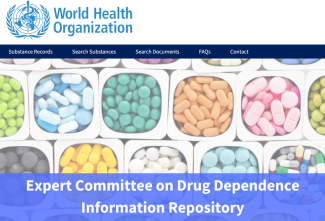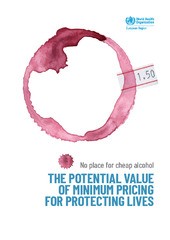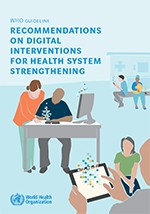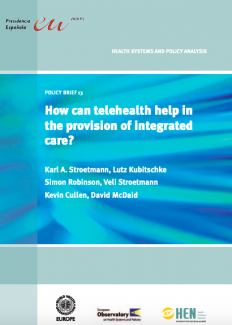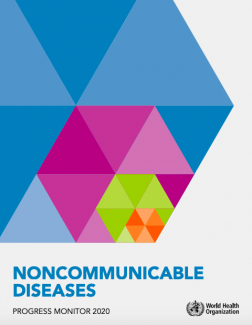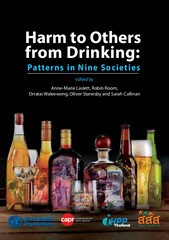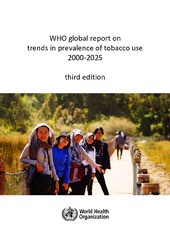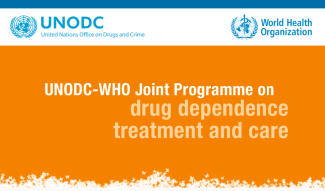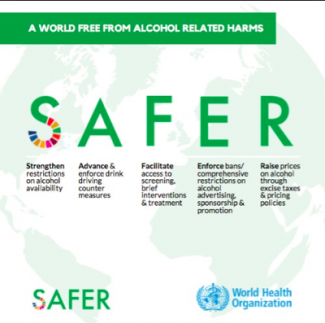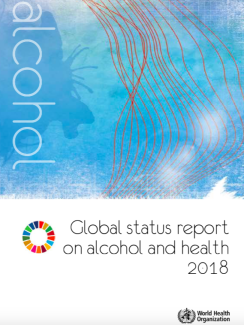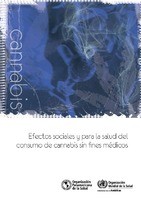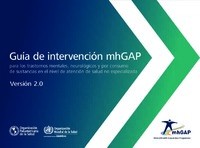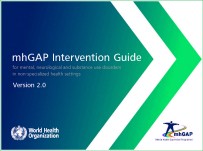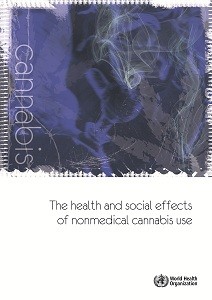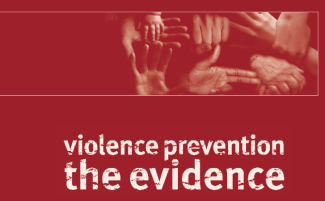Search
Integrated brief interventions for noncommunicable disease risk factors in primary care: the manual
Abstract
Brief interventions are recognized by WHO as an effective measure to help people quit tobacco, reduce or stop alcohol use and increase physical activity. They can also help to achieve and maintain healthy eating behaviours and...
No place for cheap alcohol: the potential value of minimum pricing for protecting lives
Overview
The WHO European Region has some of the highest levels of alcohol consumption and corresponding rates of alcohol-related harm in the world. Pricing policies and taxation are among the most effective measures that policy-makers...
COVID-19 Response: Mental Health and Psychosocial Support for Community Health Workers
This online course provides an overview of how community health workers (CHWs) can support their communities by providing appropriate mental health and psychosocial support during the COVID-19 pandemic.
In this course you will learn how...
World Health Organisation Tobacco Health Topic
The World Health Organisation (WHO) have a health topic page dedicated to tobacco use.
The page includes:
- up to date data on smoking, tobacco control country profiles
- factsheet, infographics and maps
- the latest news, events and...
WHO Guideline: Recommendations on Digital Interventions for Health System Strengthening
The key aim of this guideline is to present recommendations based on a critical evaluation of the evidence on emerging digital health interventions that are contributing to health system improvements, based on an assessment of the benefits...
How Can Telehealth Help in the Provision of Integrated Care?
The World Health Organisation defines telehealth as:
The use of telecommunications and virtual technology to deliver health care outside of traditional health-care facilities.
Well-designed telehealth schemes can improve health care...
Noncommunicable Disease Progress Monitor
Noncommunicable diseases are the leading cause of premature death globally.
Every year, 41 million people die from heart attacks, stroke, cancer, chronic respiratory diseases, diabetes or a mental disorder.
Despite the concerning trends...
Harm to Others from Drinking: Patterns in Nine Societies
The adverse impact of alcohol consumption include the negative consequences of drinking on individuals other than the drinkers themselves, including both health and social problems. Alcohol’s harm to others (HTO) is an interactional...
WHO Global Report on Trends in Prevalence of Tobacco Use 2000-2025
Tobacco is the only legal drug that kills many of its users when used exactly as intended by manufacturers. WHO has estimated that tobacco use (smoking and smokeless) is currently responsible for the death of about six million people across...
UNODC-WHO Joint Programme on Drug Dependence Treatment and Care
Both the WHO and UNODC strive to address the complex issues presented by drug use and dependence.
The vision: The effective and humane treatment for all people with drug use disorders. Nothing less than would be expected for any other...
World Health Organization SAFER Alcohol Control Initiative
The WHO Global Status Report on Alcohol and Health claims that alcohol consumption contributes to more than 3 million deaths globally every year and is the seventh leading risk factor for premature death and disability.
The World Health...
Global Report on Alcohol Consumption and Health
The harmful use of alcohol is one of the leading risk factors for population health worldwide and causes more than 5% of the global disease burden. Over 200 health conditions are connected to excessive alcohol use and it has been linked...
Os efeitos na saúde e sociais do uso não medicinal de cânabis
Resumen
A cânabis é a substância psicoativa sob controle internacional mais usada no mundo. Em 2013, cerca de 181,8 milhões de pessoas de 15 a 64 anos em todo o mundo usaram cânabis sem finalidade medicinal (estimativa de incerteza de 128...
Efectos sociales y para la salud del consumo de cannabis sin fines médicos
Resumen
El cannabis es la sustancia psicoactiva bajo control internacional que más se utiliza a nivel mundial. Se calcula que, en el 2013, 181,8 millones de personas de 15 a 64 años consumieron cannabis sin fines médicos en todo el mundo...
Guía de intervención mhGAP para los trastornos mentales, neurológicos y por consumo de sustancias en el nivel de atención de salud no especializada. Versión 2.0
Los trastornos mentales, neurológicos y por consumo de sustancias (MNS) son muy frecuentes y representan una gran carga de enfermedad y discapacidad a nivel mundial. Subsiste una amplia brecha entre la capacidad de los sistemas de salud y...
mhGAP Intervention Guide - Version 2.0 for Mental, Neurological and Substance Use Disorders in Non-Specialized Health Settings
Overview
This is the second version (2016) of the mhGAP Intervention Guide (mhGAP-IG) for mental, neurological and substance use (MNS) disorders in non-specialist health settings. It is for use by doctors, nurses, other health workers as...
The Health and Social Effects of Nonmedical Cannabis Use
Foreword
Cannabis is globally the most commonly used psychoactive substance under international control. In 2013, an estimated 181.8 million people aged 15-64 years used cannabis for nonmedical purposes globally (UNODC, 2015). There is an...
Análisis de Caracterización Química de Cocaínas Fumables
El presente Compendio de Caracterización química de Cocaínas Fumables forma parte del Proyecto sobre Cocaínas Fumables en Argentina, Brasil, Chile, Paraguay y Uruguay, coordinado por el Observatorio Interamericano de Drogas de la Comisión...
Preventing Violence Through Alcohol Consumption Reduction Measures
The World Health Organization has released a series of briefings on violence prevention. Of particular interest is Chapter 3: Preventing Violence by Reducing Availability and Harmful Use of Alcohol.
‘Harmful use of alcohol is a major...
Share the Knowledge: ISSUP members can post in the Knowledge Share – Sign in or become a member
